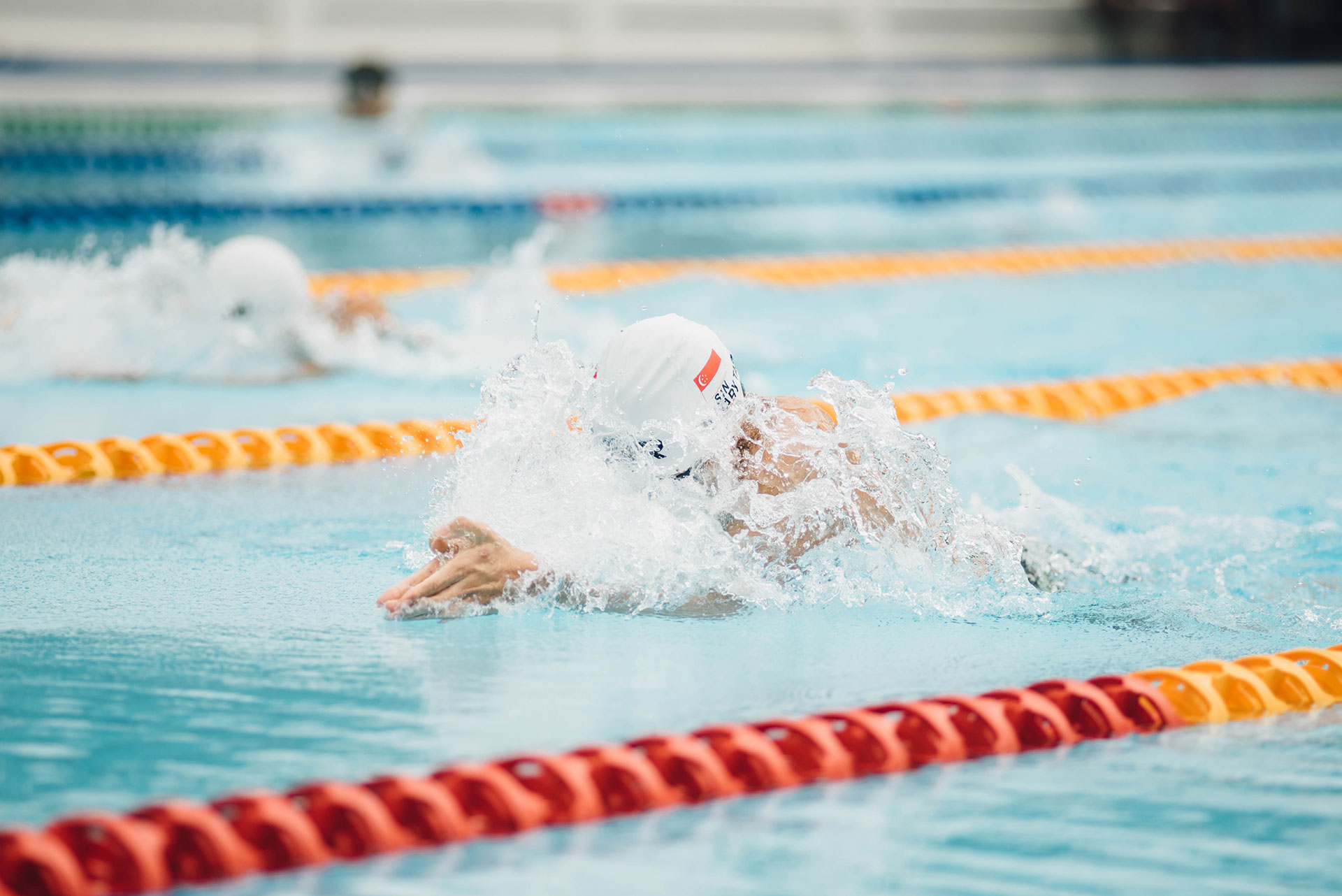Balancing Act: How to Incorporate Balance Work into Your Training Sessions
Balance, which Additionally, these equilibrium problems can adversely affect older adults’ capacity to do tasks of daily living in addition to engage in practice, social occasions, forcing and work duties (Lin and Bhattacharyya, 2012).
Balance Training, which is made up of tasks that challenge someone’s capability to keep posture and equilibrium above a foundation of support, is vital for maintaining and enhancing balance. These equilibrium improvements can finally help your elderly customers improve physical function, keep liberty and improve overall wellbeing. Although equilibrium training can be useful, it may often be hard to match extra balance exercises to the allotted time to the personal-training sessions or group fitness classes. Listed below are a couple methods to incorporate equilibrium training during your fitness sessions or courses without adding extra exercises or stretching the training session length:
Perform operational moves. Functional motions inherently train equilibrium as they feature multijoint movements that challenge the middle of gravity to mimic actions of everyday living. Functional exercises like squats, squats and deadlifts especially train dynamic equilibrium, that’s the capability to keep equilibrium whilst actively changing body posture above a foundation of support. Added progressions to additional train equilibrium and equilibrium include integrating multiplanar, plyometric and exercises that are aerobic.
Insert a equilibrium element to a workout. Require your functional motion a step further and include an extra equilibrium element to the workout. By way of instance, put in a arm lift and turning after a push-up or put in a slow knee lift because you come from a lunge or squat. Narrow the foundation of support whilst doing standing exercises like biceps curls or shoulder increases to include a balance challenge into almost any exercise. This sort of equilibrium training can aid in improving static equilibrium, that’s the capability to keep posture above a foundation of support.
Reduce surface equilibrium. By way of instance, gently push your customer’s shoulder while he or she’s performing a lunge or push the side of a medicine ball that the customer is holding while doing a squat. All customers should execute this kind of action first while holding on a stable service like a wall or fixed pub. Notice: disrupting center of gravity ought to be prevented in customers that are at a higher risk for falling (e.g., individuals that are known fallers, are about drugs that cause nausea, or for whom falling might be catastrophic for example people who have osteoporosis).
Contain sensory-specific equilibrium challenges. Contain balance training on your sessions and courses by producing sensory-specific balance challenges. By way of instance, shutting the eyes through a workout reduces visual inputsignal, moving the mind whilst doing an exercise challenges that the circulatory system, and standing in an unstable surface struggles that the proprioceptive system.
Insert equilibrium exercises in between places. In case your workout contains a rest interval between sets, then turn it in an energetic equilibrium interval by getting your customer or participants balance on one foot or stand in an unstable surface involving sets.
Security Factors
Before the following:
Make sure Participants may conduct each strength or operational motion before Adding additional equilibrium or equilibrium barriers to the workout.
Start outside Using a balance challenge that’s suitable for the person’s fitness Degree and slowly progress from that point.
Perform Balance exercises close to a secure arrangement like a wall or bench.
Clear the Floor of any barriers not mandatory for the equilibrium exercise.
Monitor Intensity and consistently acquire opinions from you customer and participants.
Balance, which Additionally, these equilibrium problems can adversely affect older adults’ capacity to do tasks of daily living in addition to engage in practice, social occasions, forcing and work duties (Lin and Bhattacharyya, 2012).
Balance Training, which is made up of tasks that challenge someone’s capability to keep posture and equilibrium above a foundation of support, is vital for maintaining and enhancing balance. These equilibrium improvements can finally help your elderly customers improve physical function, keep liberty and improve overall wellbeing. Although equilibrium training can be useful, it may often be hard to match extra balance exercises to the allotted time to the personal-training sessions or group fitness classes. Listed below are a couple methods to incorporate equilibrium training during your fitness sessions or courses without adding extra exercises or stretching the training session length:
Perform operational moves. Functional motions inherently train equilibrium as they feature multijoint movements that challenge the middle of gravity to mimic actions of everyday living. Functional exercises like squats, squats and deadlifts especially train dynamic equilibrium, that’s the capability to keep equilibrium whilst actively changing body posture above a foundation of support. Added progressions to additional train equilibrium and equilibrium include integrating multiplanar, plyometric and exercises that are aerobic.
Insert a equilibrium element to a workout. Require your functional motion a step further and include an extra equilibrium element to the workout. By way of instance, put in a arm lift and turning after a push-up or put in a slow knee lift because you come from a lunge or squat. Narrow the foundation of support whilst doing standing exercises like biceps curls or shoulder increases to include a balance challenge into almost any exercise. This sort of equilibrium training can aid in improving static equilibrium, that’s the capability to keep posture above a foundation of support.
Reduce surface equilibrium. By way of instance, gently push your customer’s shoulder while he or she’s performing a lunge or push the side of a medicine ball that the customer is holding while doing a squat. All customers should execute this kind of action first while holding on a stable service like a wall or fixed pub. Notice: disrupting center of gravity ought to be prevented in customers that are at a higher risk for falling (e.g., individuals that are known fallers, are about drugs that cause nausea, or for whom falling might be catastrophic for example people who have osteoporosis).
Contain sensory-specific equilibrium challenges. Contain balance training on your sessions and courses by producing sensory-specific balance challenges. By way of instance, shutting the eyes through a workout reduces visual inputsignal, moving the mind whilst doing an exercise challenges that the circulatory system, and standing in an unstable surface struggles that the proprioceptive system.
Insert equilibrium exercises in between places. In case your workout contains a rest interval between sets, then turn it in an energetic equilibrium interval by getting your customer or participants balance on one foot or stand in an unstable surface involving sets.
Security Factors
Before the following:
Make sure Participants may conduct each strength or operational motion before Adding additional equilibrium or equilibrium barriers to the workout.
Start outside Using a balance challenge that’s suitable for the person’s fitness Degree and slowly progress from that point.
Perform Balance exercises close to a secure arrangement like a wall or bench.
Clear the Floor of any barriers not mandatory for the equilibrium exercise.
Monitor Intensity and consistently acquire opinions from you customer and participants.







